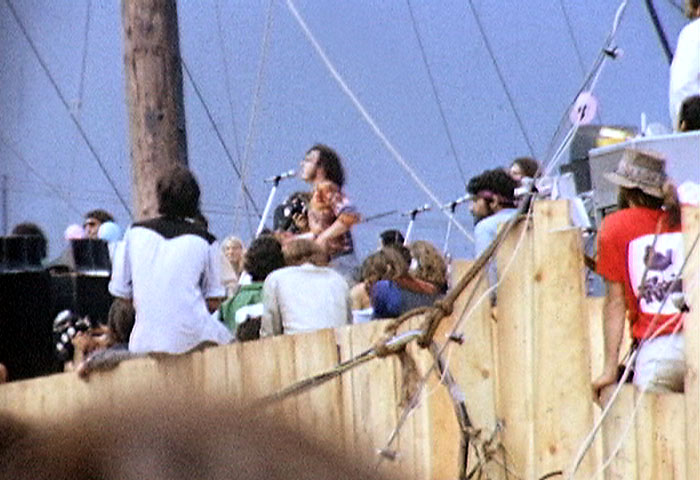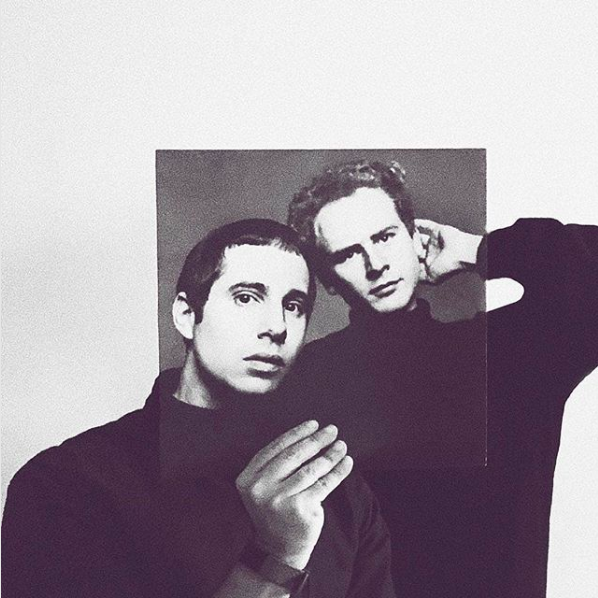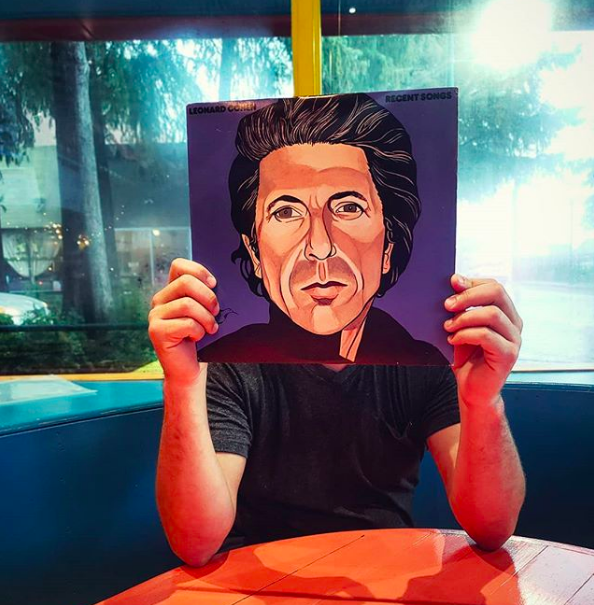Laurie Anderson began her career as an artist in the late 1960s, and since then she’s made connections both personal and professional with many of the most influential cultural figures of the past five decades. She has also, inevitably, seen a fair few of them depart this earthly existence, including her husband Lou Reed. The question of what happens to the dead is, for Anderson, apparently not without interest, even in the case of the non-human dead: the 2015 documentary Heart of a Dog traces the journey of Anderson’s late pet Lolabelle through the bardo, in Tibetan Buddhism the liminal state between death and rebirth.
The bardo is the central theme of Bardo Thodol, better known to Westerners in translation as The Tibetan Book of the Dead. On the new album Songs from the Bardo, Anderson reads from that eighth-century text with improvisational accompaniment by, among others, Tibetan musician Tenzin Choegyal and composer Jesse Paris Smith.
Stereogum’s Peter Helman writes that “Smith, the daughter of punk legend Patti Smith” — one of the many still-living influential artists in Anderson’s wide network — “first met Choegyal in 2008 at the annual Tibet House US Benefit Concert at Carnegie Hall.” Seven years later, they enlisted Anderson to narrate the first performed version of what would become Songs from the Bardo.
“Anderson narrates text from the Tibetan Book Of the Dead while Choegyal, Smith, cellist Rubin Kodheli, and percussionist Shahzad Ismaily provide the musical accompaniment,” writes Helman. “Smith plays piano and creates drone beds using a collection of crystal bowls, while Choegyal incorporates traditional Tibetan instruments like lingbu (a bamboo flute), dranyen (a lute-like stringed instrument), singing bowls, gong, and his own voice.” In the record’s liner notes, Choegyal writes of trying to “channel the wisdom and traditions of my ancestors through my music in a very contemporary way while holding the depth of my lineage.” The music, Anderson explains, “is meant to help you float out of your body, to go into these other realms, and to let yourself do that without boundaries.”
You can get a taste of this transcendence from “Lotus Born, No Need to Fear” the first sample track from the album the group has released. On it Anderson reads of the experience of the bardo, where “consciousness becomes airy, speeding, swaying, and impermanent.” For a Metafilter user named Capt. Renault, listening brings to mind another of Anderson’s artworks: her virtual-realty piece Aloft, which “has you sitting in an empty airplane which disintegrates around you, leaving you high, high above the ground with no support. You are aware of the possibility of death, but Laurie’s smooth, comforting voice leads to a complete absence of fear, and you are free to explore this world she’s created. Because of Laurie, I faced my death and I didn’t mind it.”
Related Content:
Leonard Cohen Narrates Film on The Tibetan Book of the Dead, Featuring the Dalai Lama (1994)
Laurie Anderson’s Top 10 Books to Take to a Desert Island
Based in Seoul, Colin Marshall writes and broadcasts on cities, language, and culture. His projects include the book The Stateless City: a Walk through 21st-Century Los Angeles and the video series The City in Cinema. Follow him on Twitter at @colinmarshall or on Facebook.








